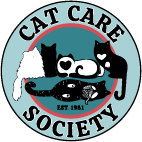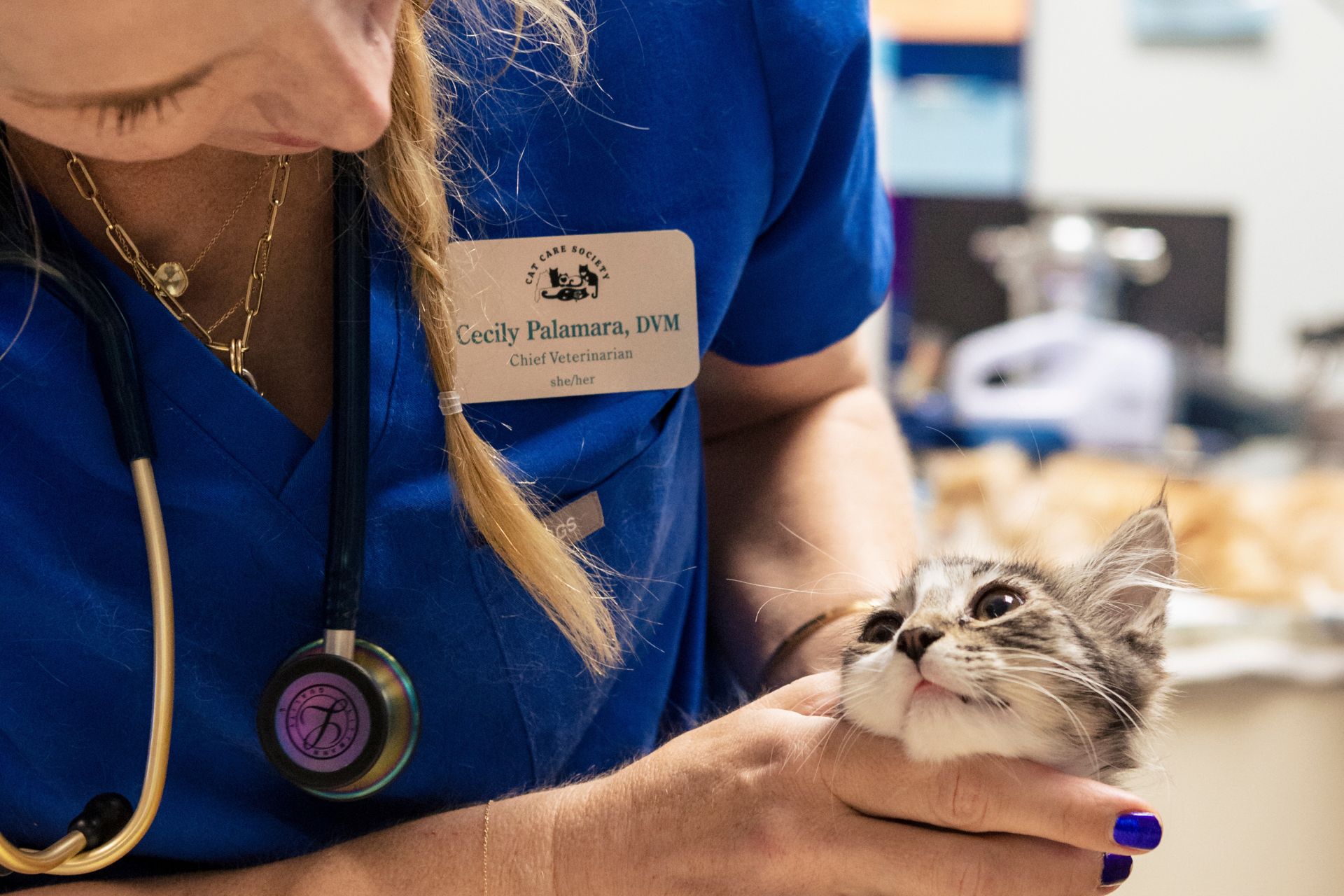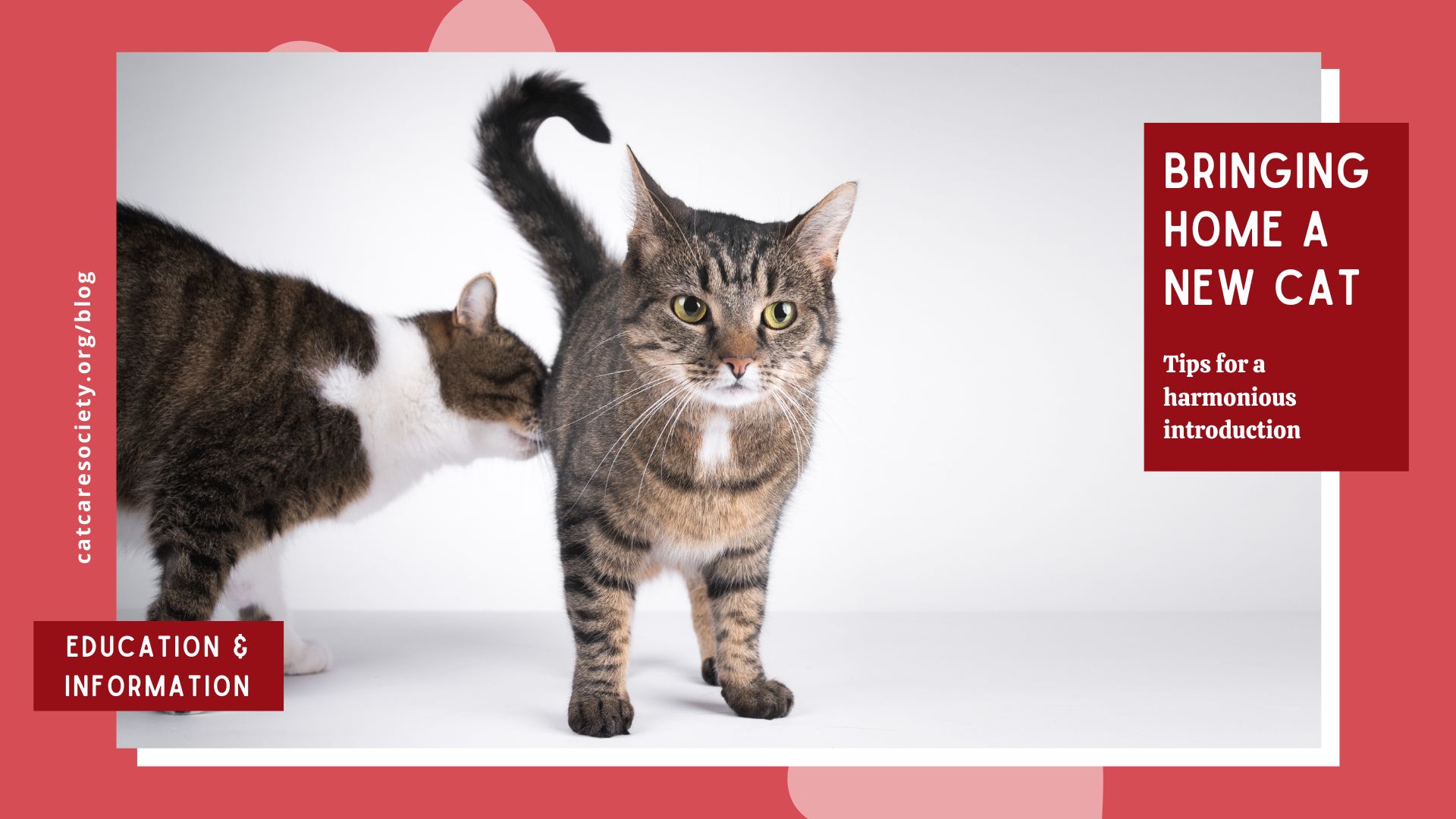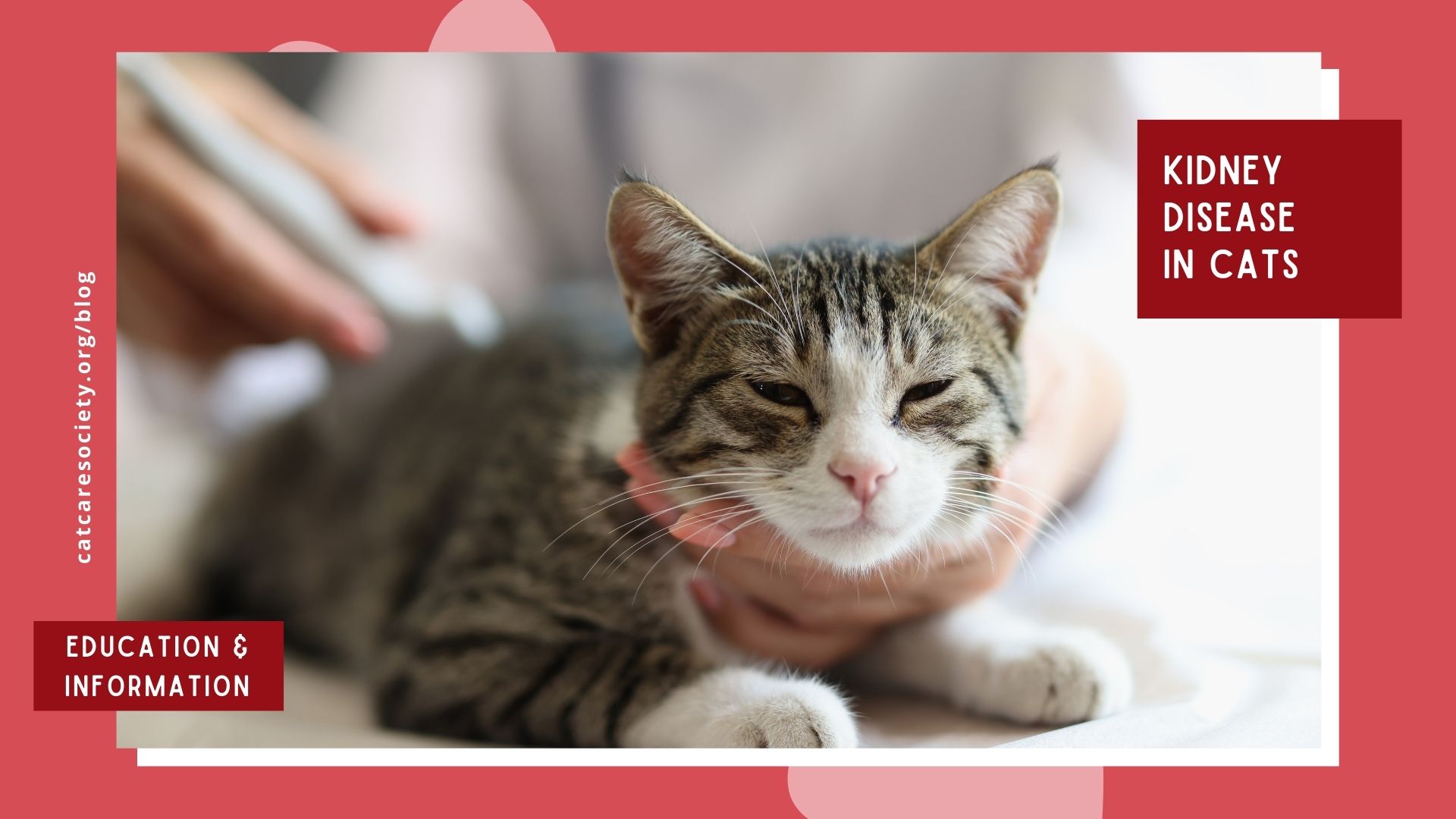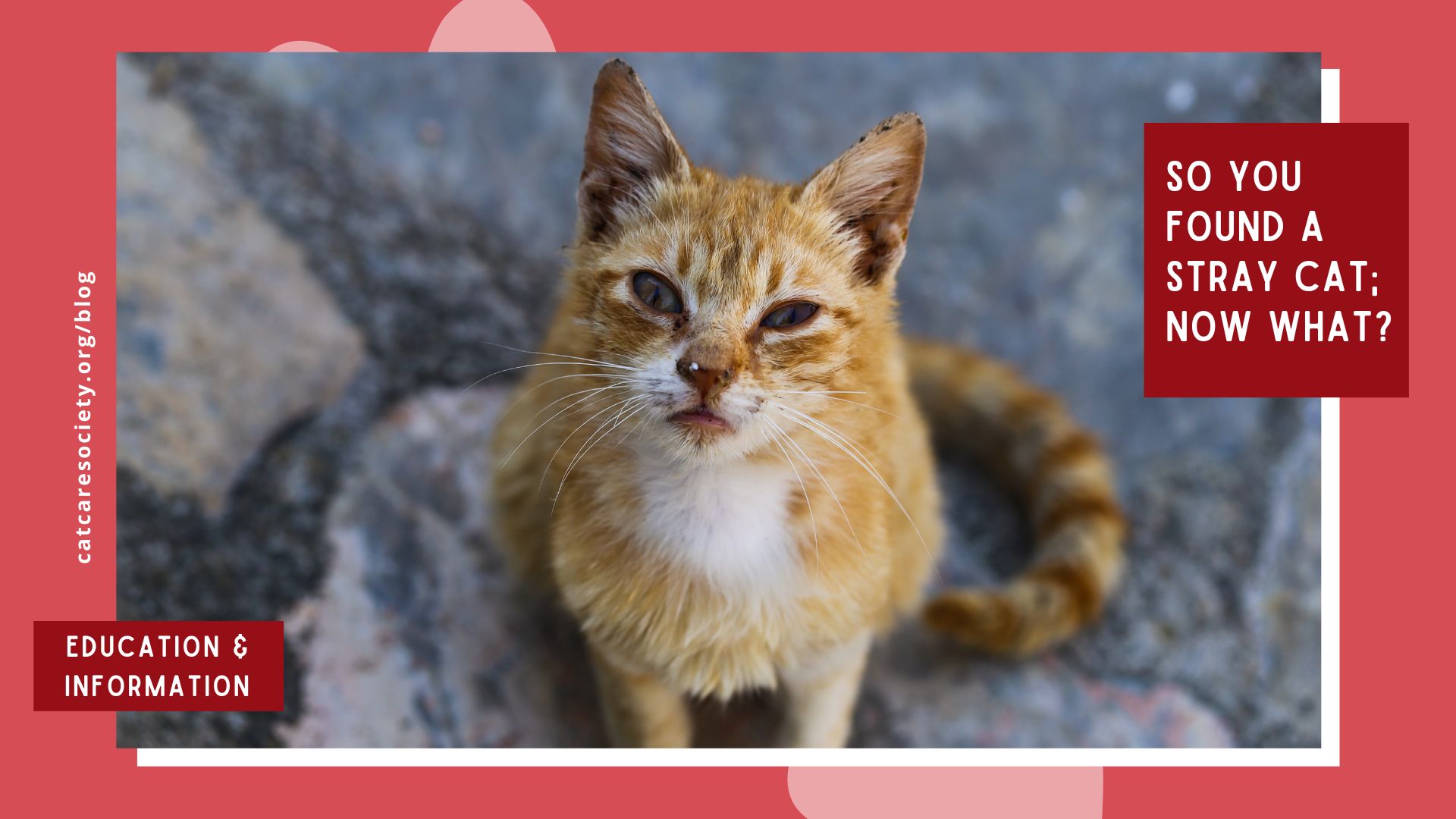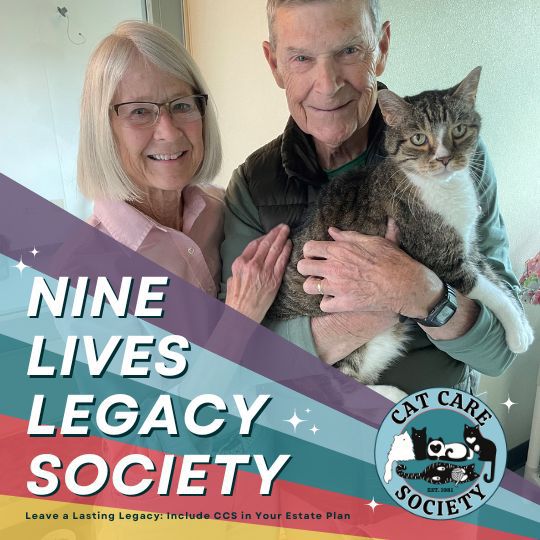It’s hard to say who is most valuable to an organization, but for a cat shelter, the medical and veterinary team is absolutely crucial in keeping our animals healthy. Here at Cat Care Society, a small handful of employees are responsible for the overall well-being of the cats and caring for any medical issues that come through the doors.
Many people may not realize that the vet team in a shelter looks very different than a traditional private vet clinic. This is because not only do they treat any current medical needs an animal has, but they’re also responsible for considering the medical pathway for a cat all the way through adoption. This dynamic team treats animals not just in our shelter, but readies them for life in a home setting. And, they have to balance this work in a noisy setting with multiple animals and people coming in and out, often with unexpected challenges to pivot around.
“The medical team in a shelter is a highly skilled team that we couldn’t do without,” said EC Michaels, CCS’ executive director. “They are asked to be on their feet while thinking big about the whole animal. When we get a cat with kidney disease, for example, they’re not just saying ‘they have kidney disease,’ but also looking at what we do to manage it here and how to educate adopters so they can manage it later. We are able to decrease the spread of contagion and increase adoptions because of this way of thinking.”
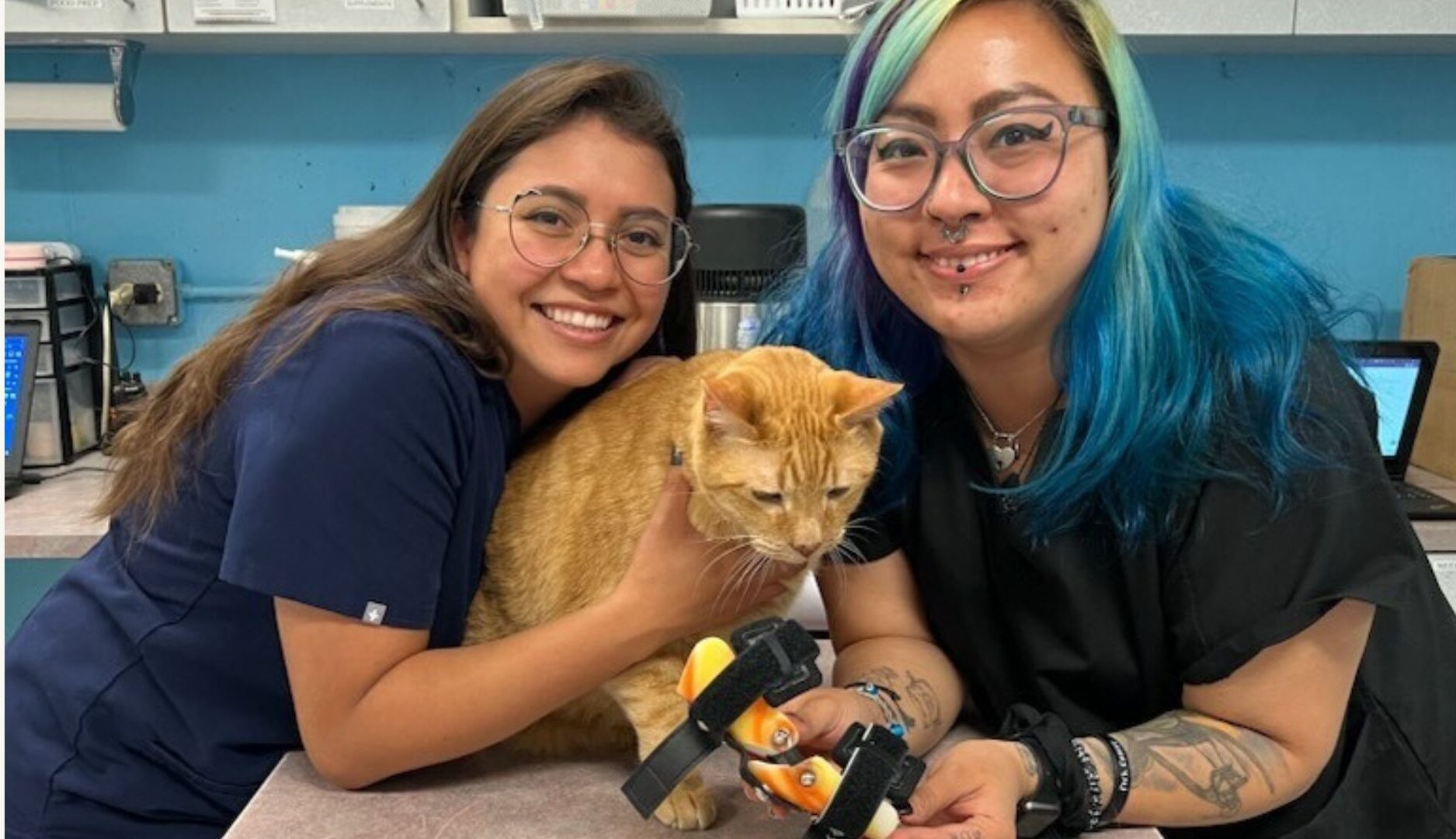
This team must also be ultra-coordinated because of the high volume of care that is needed, everyone has a role to play. The veterinary services manager oversees the whole process by scheduling the team, organizing surgical days, monitoring the shelter population, maintaining SOPs and protocols, monitoring inventory, and exploring new treatments. Our vet techs ensure the flow of animals that need treatment or surgery, run anesthesia, prioritize needs, check medications, maintain records, approve animals for adoption, and work with the foster team to build a plan for each cat. On surgery days, they ensure there is always a patient ready for a vet and administer drug protocols while the assistants monitor vitals, check diagnostics, sanitize tools and ensure the cats wake up appropriately.
Our veterinarians are able to perform about 30 spays and neuters in just one day! This happens about three times a month in the busy season and twice in the slower winter. They also do about 4.5 dental procedures a week — or 200 a year.
The medical team begins each morning by taking blood glucoses on the diabetic cats and feeding them breakfast, then providing treatments for the rest of the shelter. Then they either have scheduled surgeries, work through the CVT checklist or complete intakes on new cats. After this, they clean up the clinic and get ready for evening treatments, which includes another blood glucose reading and dinner for the diabetics, and medications for cats in the rest of the shelter.
On a daily basis, the medical team is constantly performing phlebotomy to obtain lab work, performing radiographs, running anesthesia for procedures, performing dental prophylaxis under the supervision of a veterinarian, performing intake exams on new cats arriving at the shelter, and making sure that our population is healthy and thriving. And of course, responding to any emergencies!
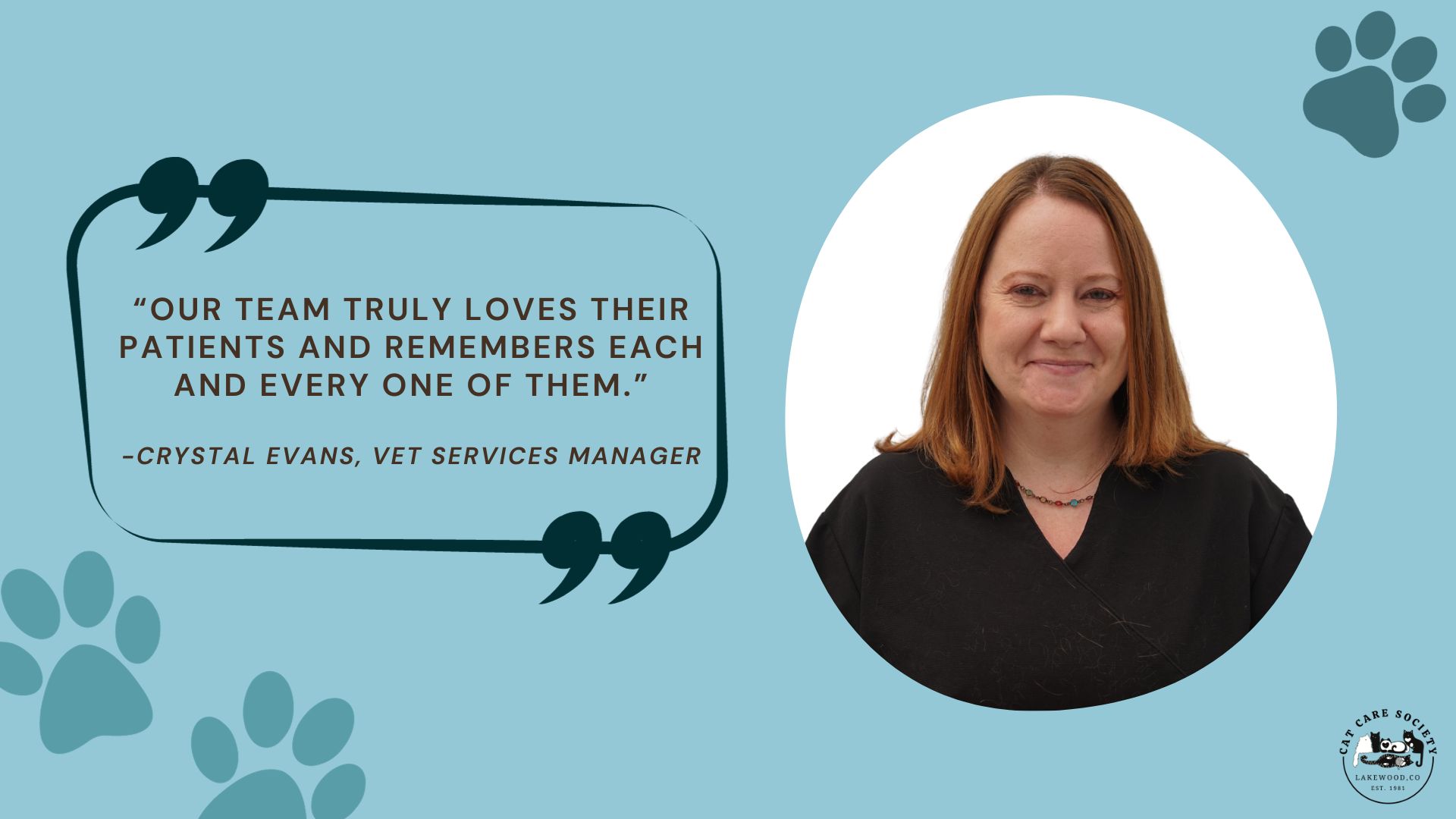
Another misconception is that every single animal in a shelter receives a full medical exam from a veterinarian. Because our shelter vets time is so limited, we preserve the resources we have. Therefore, only cats that require their attention are escalated to a vet by the rest of the team. Our techs are responsible for intake exams, which includes a general once-over and any vaccines and dewormers. Then, they are trusted to route the animal to either the adoption floor, for behavioral attention or to receive additional vet care.
We are also proud to take on some pretty complicated medical cases that weren’t previously managed for a cat before he or she came to our shelter. We’re often able to identify the source of a cat’s medical or behavioral issue and provide medication or treatment to improve their quality of life. It’s kind of like a medical makeover or a glow up so that they leave the shelter in better shape than when they came in. A recent example of this is Rambo (pictured above), who came to us early this year with three housemates after his owner passed away. After his initial exams and bloodwork, we noticed some lameness and within a few days, a limp was isolated to his left hind leg. Rambo was discovered to be walking flat on his entire foot rather than just on his toes. We also discovered pancreatitis and early stage kidney disease. He was switched him to a new diet, which helped Rambo’s daily life. After a few months, Rambo was fitted for a leg brace thanks to the help from an orthopedic specialist. He now has increased mobility and comfort to walk around thanks to his new brace!
“Our team truly loves their patients and remembers each and every one,” Crystal Evans, vet services manager, said. “We provide cats with a turbulent past or medical issue that would normally not be adopted out a second chance at finding their forever homes.”
Not only is this team advocates for the voiceless, but they ensure our cats receive the best care possible.
In calendar-year 2023, the CCS medical team was responsible for:
- 569 spays and neuters
- 173 dental surgeries
- 770 total medical procedures
- 100+ medical conditions diagnosed/treated
As of summer 2024, the CCS medical team consists of:
- Dr. Cecily Palamara – Chief Veterinarian
- Crystal Evans – Veterinary Services Manager
- Katie – Lead Veterinary Technician
- Kassandra – Vet Tech Assistant
- Ana – Veterinary Assistant II
- Maddie – Veterinary Assistant
We thank each of our veterinary staff for their dedication, skills and contribution to the livelihood of our cats.
